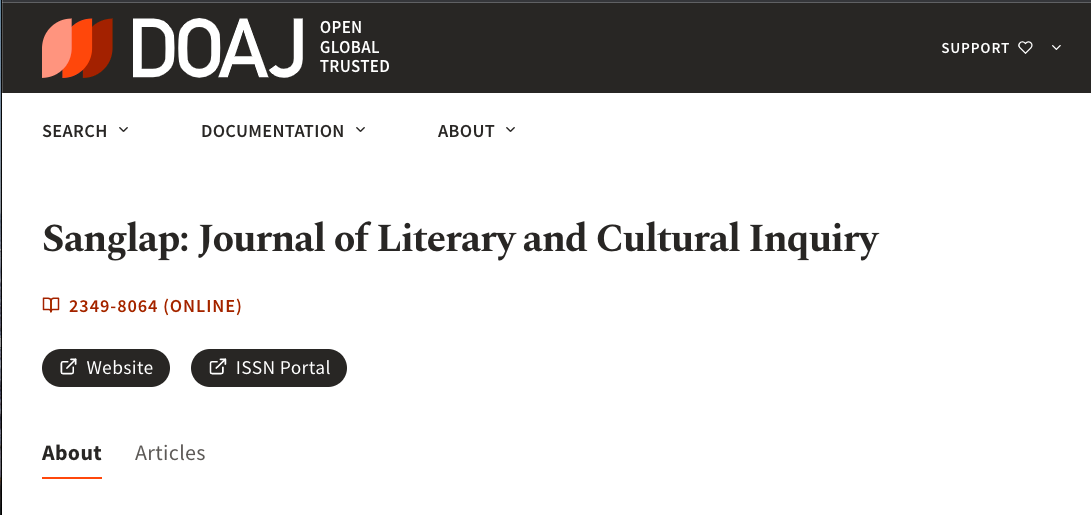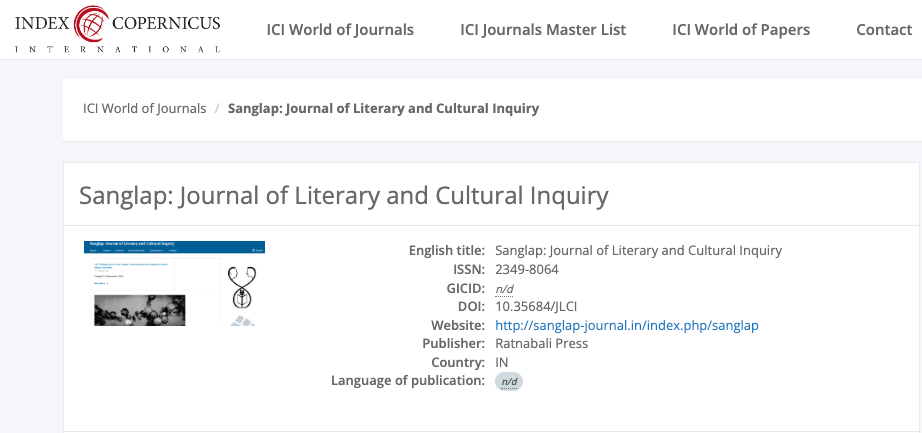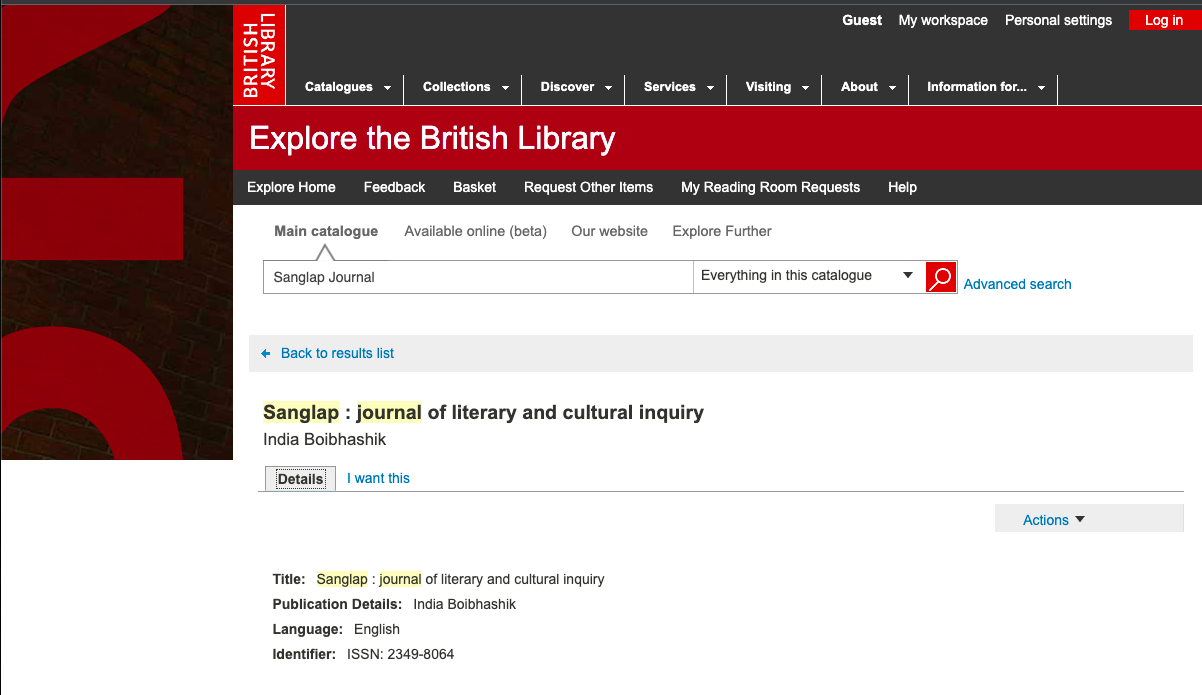“The Hidden Valleys of My Home”:
Home, Identity, and Environmental Justice in the Select Works of Mamang Dai
Keywords:
Mamang Dai, Environmental Justice, Identity, Representation, Nature, CultureAbstract
Concepts of Environmental Justice have impacted on our understanding of the relationship between social aspects and the representation of nature. The environment, for centuries, has been seen as a trophy, to be possessed and controlled. The Anthropocene has ruptured this sense of oneness with nature. Going beyond the borders of language and authorial representation, nature has eluded the racks of human knowledge. We have come to understand that nature is also a part of our social interaction and politico-human relationships. The concept of identity associated with nature depends on the medium of representation. I want to show, in the light of environmental justice, that nature is a challenge, which is both cultural and representational. The question of identity creeps out of the unlikeliest places and challenges the norms of social and cultural representation. I will argue that the interdisciplinary approach of environmental justice can offer a better understanding of our relationship with nature. Simple modes of storytelling can use the medium of language to challenge and seek social justice through voices of the repressed. Environmental Justice is about this need for voicing the unheard stories and the unusual lives of those considered aloof from modern civilization. Mamang Dai is a perfect example of an author who understands the crisis of identity in association with the environment.











